On the evening of June 1, the Ho Chi Minh City Department of Health announced that Enterovirus 71 (EV71), which causes severe hand, foot and mouth disease in children, has reappeared.
According to the Ho Chi Minh City Department of Health, from the beginning of 2023 to now, there have been 1,670 children in Ho Chi Minh City with hand, foot and mouth disease, lower than the same period in 2022 (3,107 cases), of which 270 were hospitalized. Although the number of cases is lower, it is more worrying when the EV71 virus causing severe hand, foot and mouth disease has been identified by PCR technique in some severe cases.
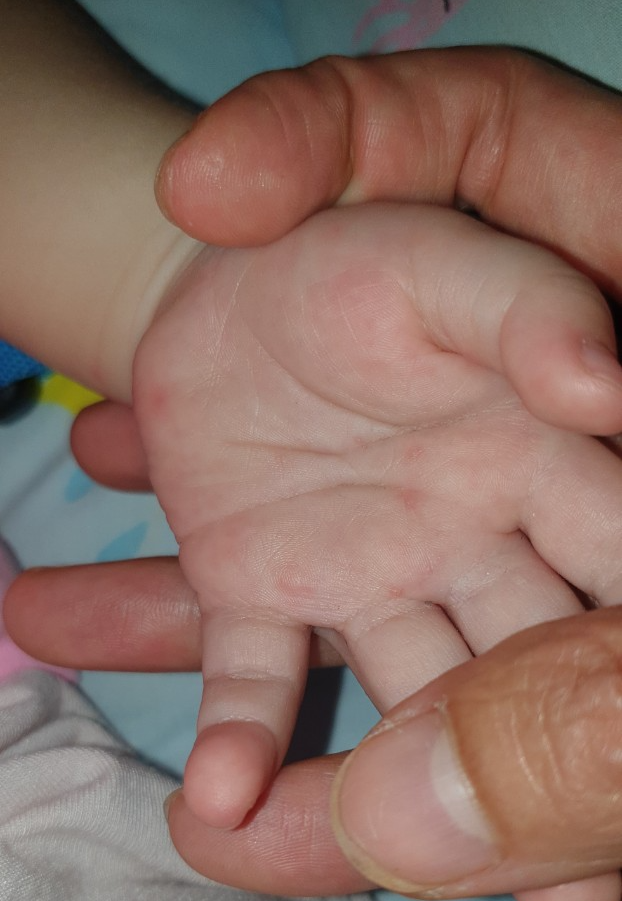
Symptoms of hand, foot and mouth disease
Currently, at Ho Chi Minh City's pediatric hospitals, 33 children with hand, foot and mouth disease are being treated, all under 5 years old, including 9 severe cases, 4 severe cases determined to be due to EV71 infection.
According to a quick report from Children's Hospital 1, on May 31, there was a suspected case of severe hand, foot and mouth disease and death. The patient was transferred to Tien Giang General Hospital in a very serious condition with acute pulmonary edema and severe shock (grade 4).
The Ho Chi Minh City Department of Health is continuing to coordinate with the Oxford University Clinical Research Unit (OUCRU) to sequence the genes to identify dangerous strains of EV71. In 2011, Ho Chi Minh City had an EV71 outbreak with many severe and fatal cases, mainly type C4. By 2018, the number of severe cases had decreased and was mainly type B5.
Currently, hospitals in Ho Chi Minh City can perform diagnostic tests for the causative agent of hand, foot and mouth disease. However, according to the Ministry of Health's diagnosis and treatment guidelines, diagnosis is based on clinical symptoms and only tests for the agent are performed in severe cases to differentiate them from other diseases and for epidemiological research. More importantly in treatment is early detection of severe signs for timely hospitalization and treatment according to the protocol.
Therefore, the Ho Chi Minh City Department of Health has established a team of experts to support consultations on serious cases and organized inspection teams in districts on the prevention and control of hand, foot and mouth disease.
The Ho Chi Minh City Department of Health directed pediatric hospitals to prepare resuscitation equipment for severe cases (blood filtration, ECMO, etc.) and treatment drugs according to the protocol.
However, to be more proactive in responding to the complicated developments of the epidemic, the Ho Chi Minh City Department of Health has sent a document reporting to the Ministry of Health and the Department of Drug Administration to support the supply of adequate treatment drugs (especially two types of intravenous drugs, phenobarbital and intravenous Gamma Globulin).
In addition, the Department has also directed the Ho Chi Minh City Center for Disease Control (HCDC) to activate rapid response teams along with all district and Thu Duc City medical centers to immediately initiate activities to prevent and control hand, foot and mouth disease in the area, especially in households and schools.
The Ho Chi Minh City Department of Health recommends that hand washing is the most important measure to prevent hand, foot and mouth disease. In addition, it is necessary to increase the hygiene of children's toys and clean the house with soap, Javel solution or common disinfectant solutions.
Parents need to detect early signs of hand, foot and mouth disease in children (blisters on palms, soles of feet, mouth ulcers...) to isolate them promptly and limit the spread.
When children have hand, foot and mouth disease, it is necessary to closely monitor and detect early severe signs (high fever that is difficult to reduce, frequent vomiting, dizziness, trembling limbs, etc.) to go to the hospital for timely treatment .
Source link







![[Photo] Closing of the 11th Conference of the 13th Central Committee of the Communist Party of Vietnam](https://vstatic.vietnam.vn/vietnam/resource/IMAGE/2025/4/12/114b57fe6e9b4814a5ddfacf6dfe5b7f)

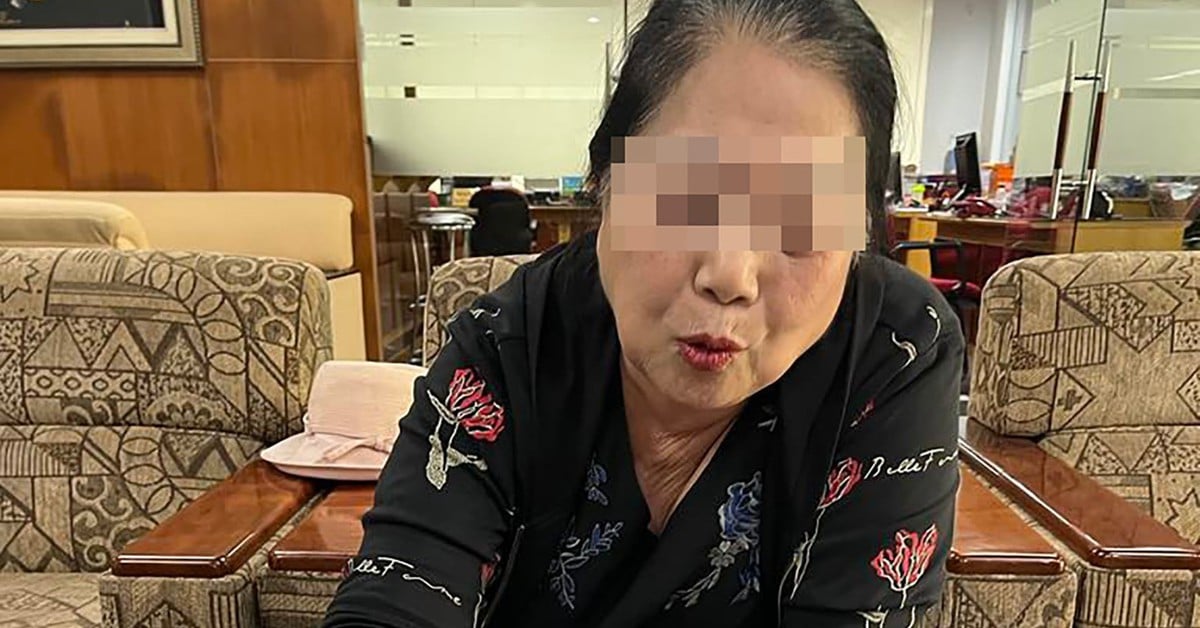

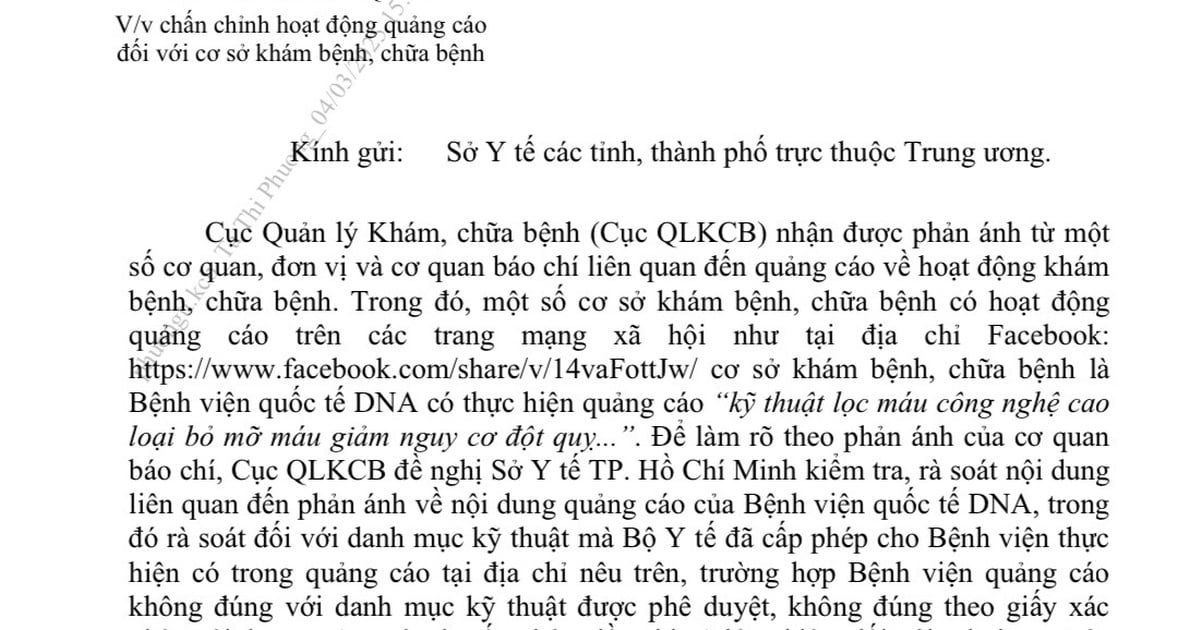
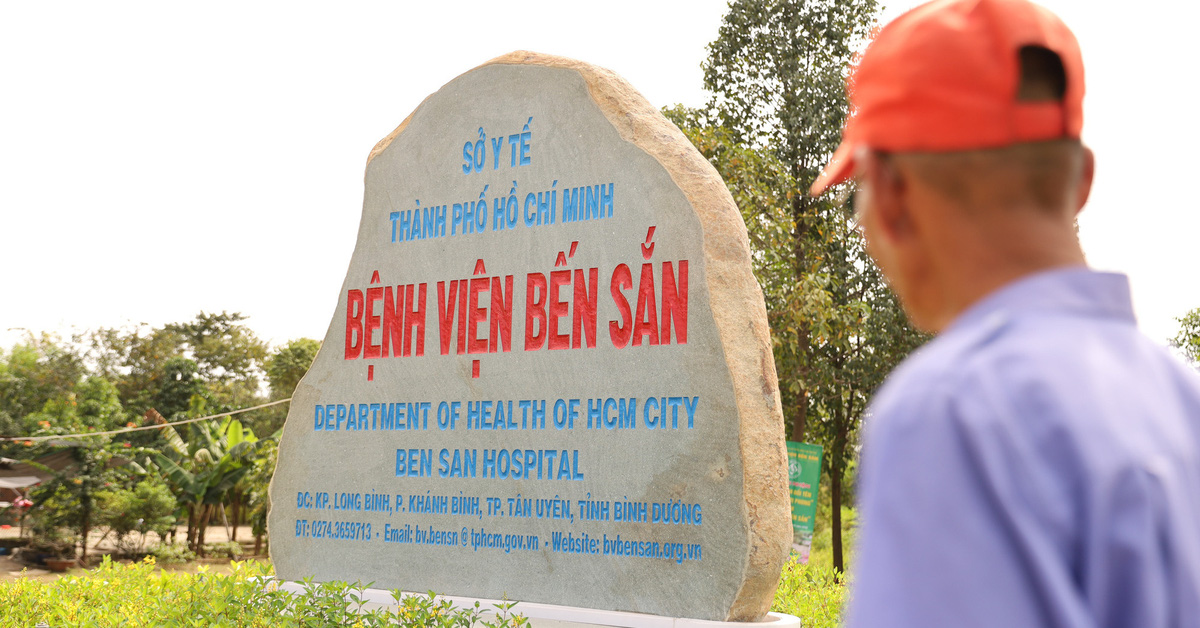

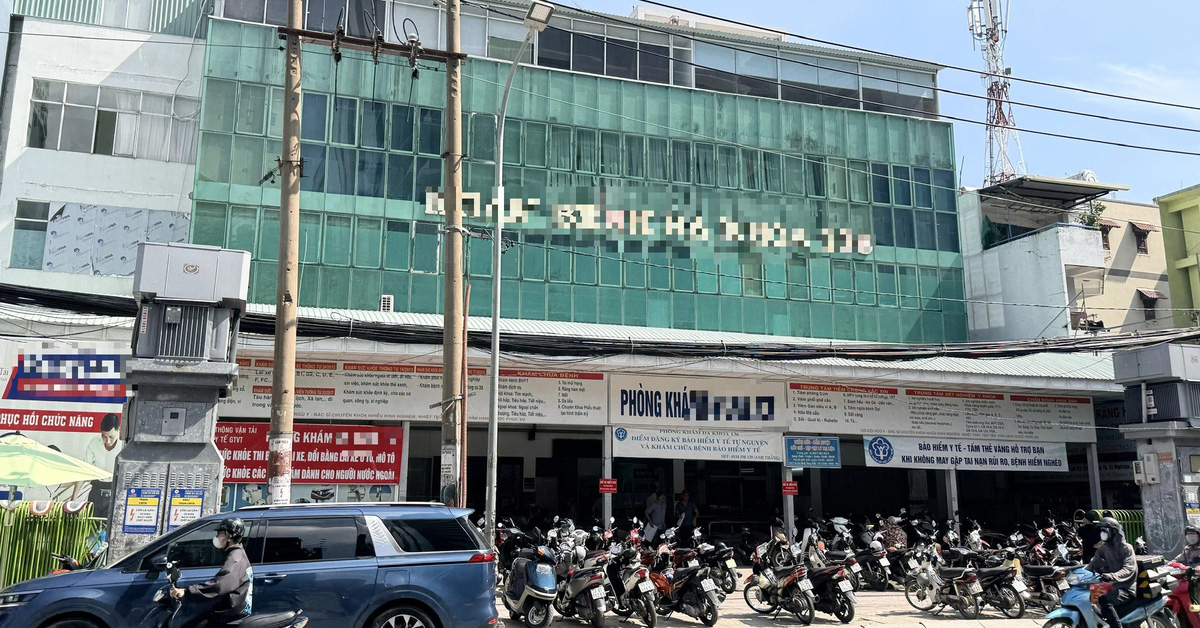



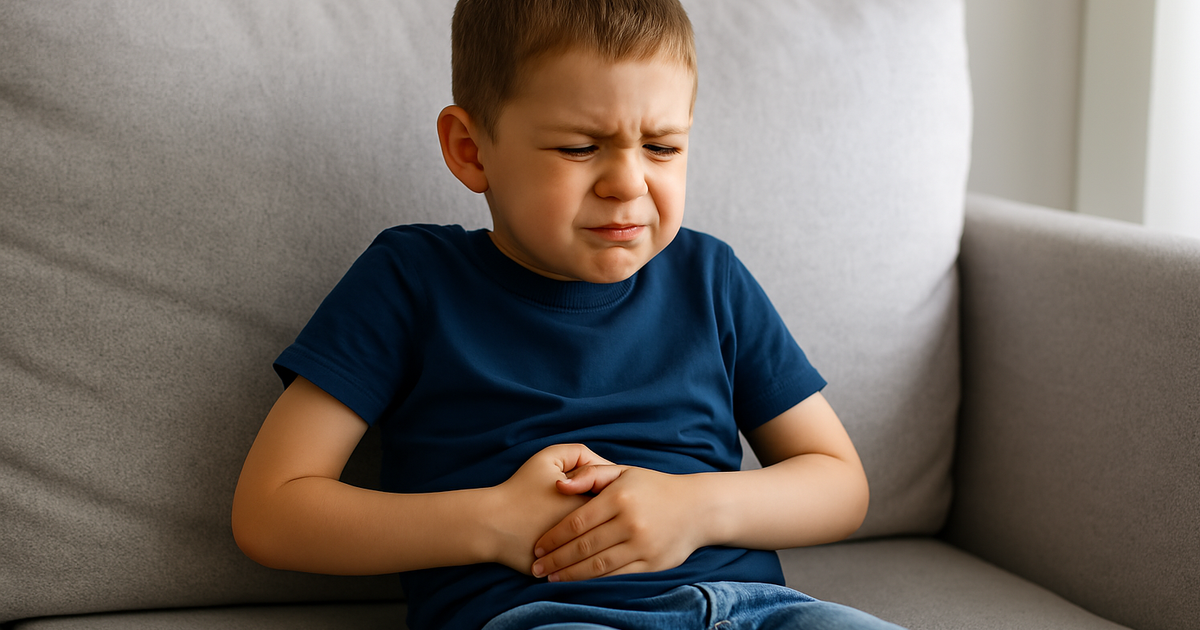

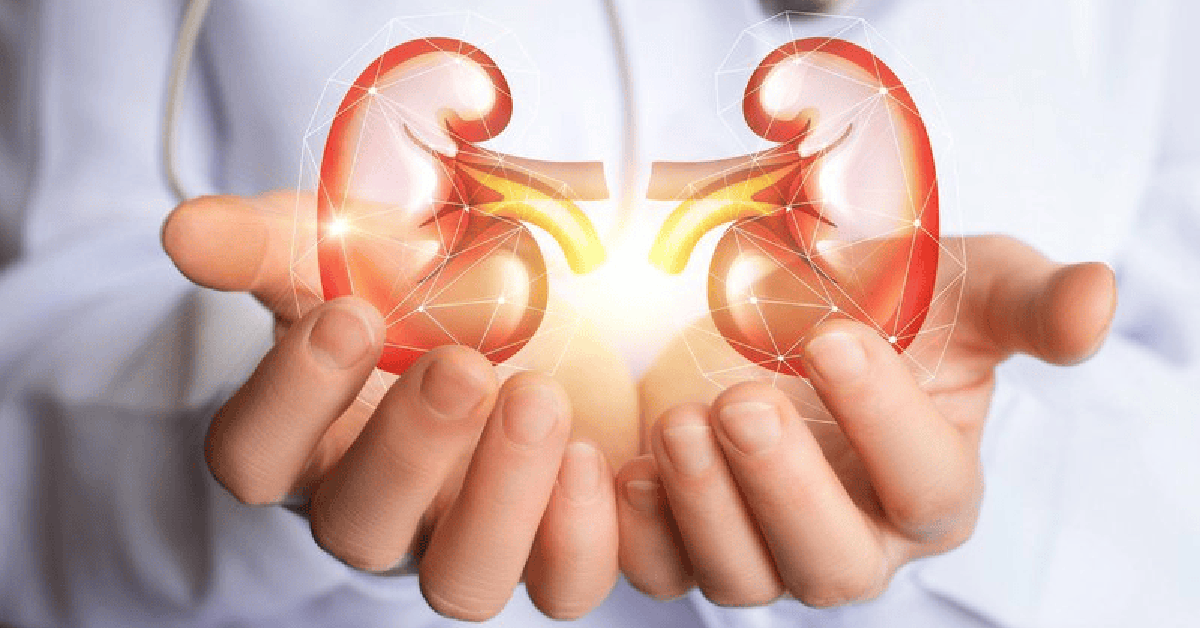









![[Photo] Overcoming all difficulties, speeding up construction progress of Hoa Binh Hydropower Plant Expansion Project](https://vstatic.vietnam.vn/vietnam/resource/IMAGE/2025/4/12/bff04b551e98484c84d74c8faa3526e0)











































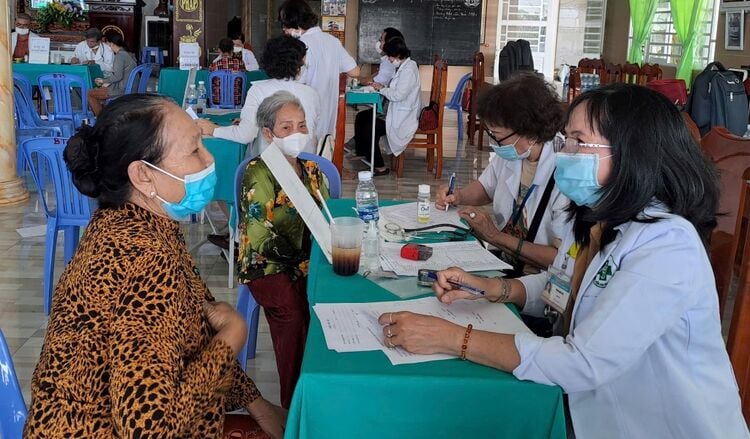

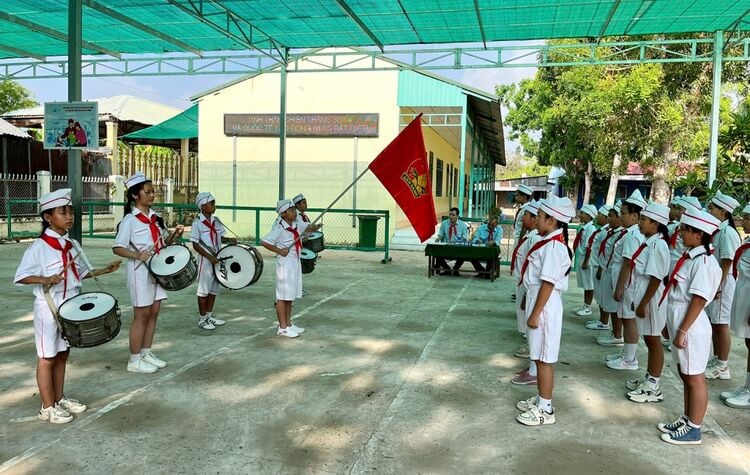

















Comment (0)